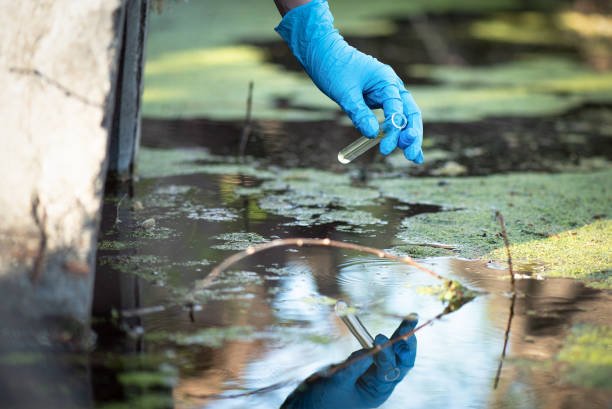How Inconsistent Maintenance of Water Infrastructure May Contribute to the Development of Waterborne Diseases
Skip to content
Skip to footer
How Inconsistent Maintenance of Water Infrastructure May Contribute to the Development of Waterborne Diseases
How Inconsistent Maintenance of Water Infrastructure May Contribute to the Development of Waterborne Diseases

